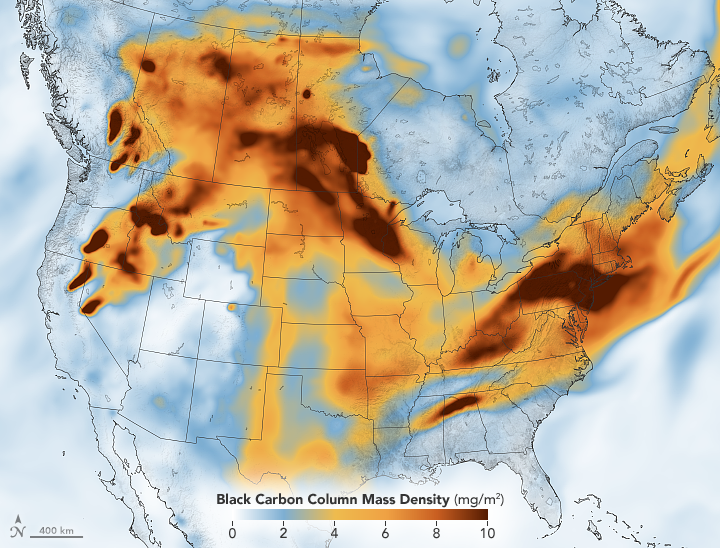

The department of Agriculture and Forestry's Forest Protection Division reported that by May 31, there were 29 wildfires still burning with nine out-of-control fires. By May 31, 10,000 people had been evacuated, 16 homes, and the Steen River CN railway bridge, had been destroyed. There were 644 wildfires recorded in Alberta. The five year average is 747 fires destroying 146,360.08 hectares (361,664 acres). In 2019 there were a total of 803,393.32 hectares (1,985,228 acres), which is over 3.5 times more land area burned than in the five-year average burned. The 2019 Alberta wildfires have been described by NASA as part of an extreme fire season in the province. It is suitable as a general index of fire danger throughout the forested areas of Canada.Ĭrown copyright © 2021, Government of Nova Scotia.Satellite photo taken on May 19, 2019, of wildfires ravaging portions of Northern Alberta.Ĩ83,413.70 hectares (2,182,963 acres) It combines the effects of wind and FFMC on rate of spread without the influence of variable quantities of fuel.Ī numerical rating of the total amount of fuel available for combustion that combines DMC and DC.Ī numerical rating of fire intensity that combines ISI and BUI.
#Nasa fire map canada code#
This code is a useful indicator of seasonal drought effects on forest fuels, and amount of smouldering in deep duff layers and large logs.Ī numerical rating of the expected rate of fire spread. This code gives an indication of fuel consumption in moderate duff layers and medium-size woody material.Ī numerical rating of the average moisture content of deep, compact, organic layers. This code is an indicator of the relative ease of ignition and flammability of fine fuel.Ī numerical rating of the average moisture content of loosely compacted organic layers of moderate depth. The six components are described below.Ī numerical rating of the moisture content of litter and other cured fine fuels. It provides a uniform method of rating fire danger across Canada.

The system is dependent on weather only and does not consider differences in risk, fuel, or topography. The final three components are fire behavior indexes, representing rate of spread, amount of available fuel, and fire intensity their values increase as fire weather severity worsens. For each, there are two phases - one for wetting by rain and one for drying - arranged so that the higher values represent lower moisture contents and hence greater flammability. The first three components are fuel moisture codes that follow daily changes in the moisture contents of three classes of forest fuel with different drying rates. The six standard components of the FWI System provide numerical ratings of relative wildland fire potential. Standard Components of the Fire Weather Index (FWI):

For further information contact the Fire Control Centre. This information has been prepared for your convenience and has no official sanction. Weather conditions are constantly changing. If you accept cookies, please click on the map image to enable. Google maps may use cookies to track information. (The weather foreceast maps are generated from Google. The following is a list of Fire Weather Maps and Indices that are active during the forest fire season.


 0 kommentar(er)
0 kommentar(er)
